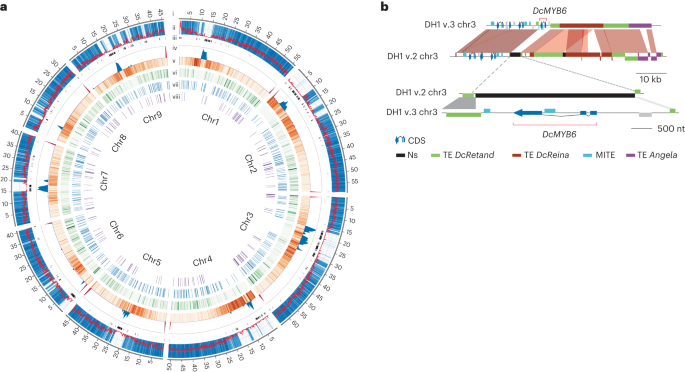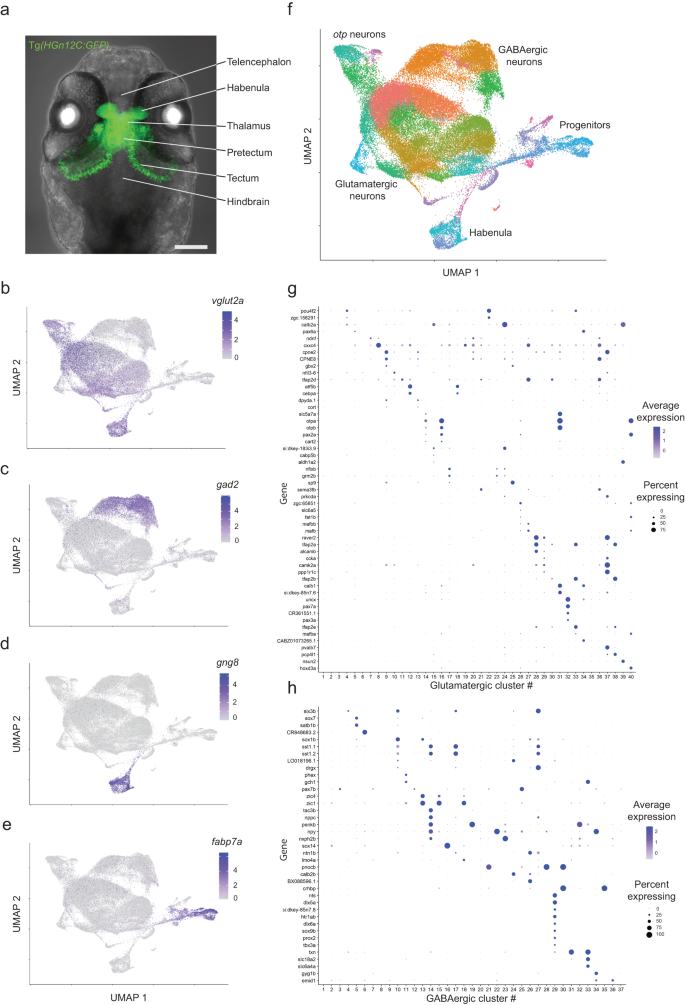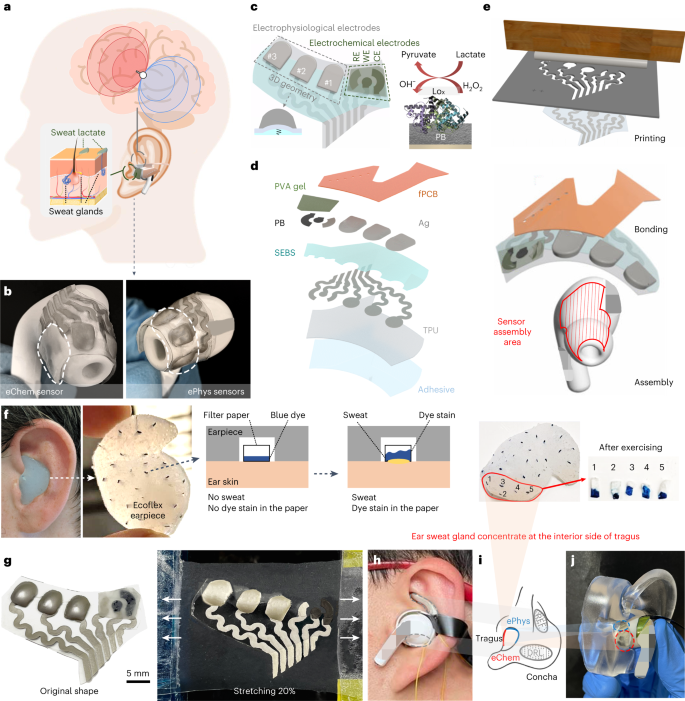2023-09-28 ノースカロライナ州立大学(NCState)
◆この研究は、にんじんの改良に関する洞察を提供し、野菜からの健康上の利益を向上させる可能性があります。オレンジにんじんには、目の病気などの疾患のリスクを減少させるカロテノイドが豊富に含まれており、アメリカの食事で最も多くのプロビタミンAの前駆体を提供しています。
<関連情報>
- https://news.ncsu.edu/2023/09/what-makes-a-carrot-orange/
- https://www.nature.com/articles/s41477-023-01526-6
ニンジンの家畜化と改良の遺伝的特徴を集団ゲノム解析で特定、高カロテノイドオレンジニンジンの起源を解明 Population genomics identifies genetic signatures of carrot domestication and improvement and uncovers the origin of high-carotenoid orange carrots
Kevin Coe,Hamed Bostan,William Rolling,Sarah Turner-Hissong,Alicja Macko-Podgórni,Douglas Senalik,Su Liu,Romit Seth,Julien Curaba,Molla Fentie Mengist,Dariusz Grzebelus,Allen Van Deynze,Julie Dawson,Shelby Ellison,Philipp Simon & Massimo Iorizzo
Nature Plants Published:28 September 2023
DOI:https://doi.org/10.1038/s41477-023-01526-6

Abstract
Here an improved carrot reference genome and resequencing of 630 carrot accessions were used to investigate carrot domestication and improvement. The study demonstrated that carrot was domesticated during the Early Middle Ages in the region spanning western Asia to central Asia, and orange carrot was selected during the Renaissance period, probably in western Europe. A progressive reduction of genetic diversity accompanied this process. Genes controlling circadian clock/flowering and carotenoid accumulation were under selection during domestication and improvement. Three recessive genes, at the REC, Or and Y2 quantitative trait loci, were essential to select for the high α- and β-carotene orange phenotype. All three genes control high α- and β-carotene accumulation through molecular mechanisms that regulate the interactions between the carotenoid biosynthetic pathway, the photosynthetic system and chloroplast biogenesis. Overall, this study elucidated carrot domestication and breeding history and carotenoid genetics at a molecular level.


